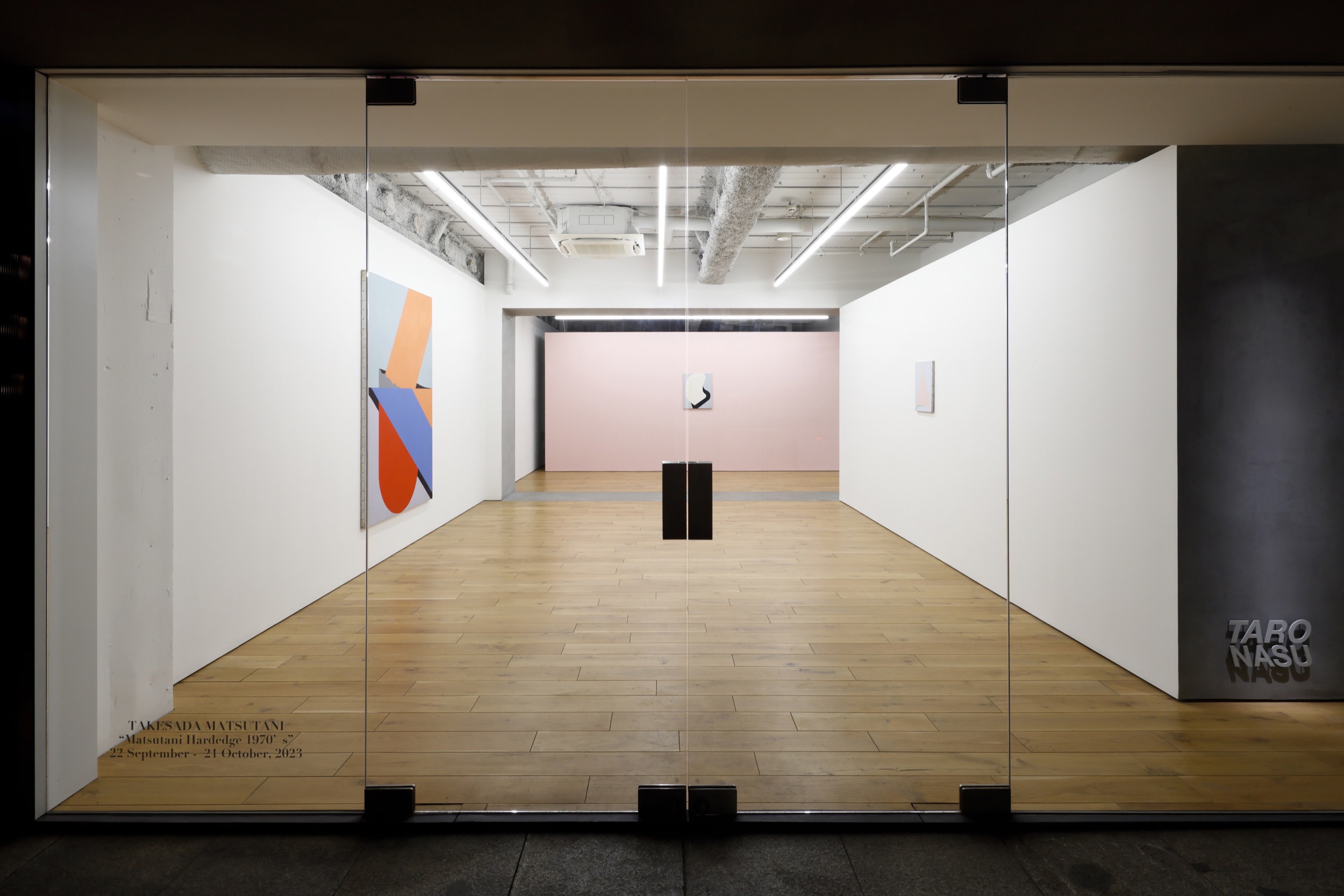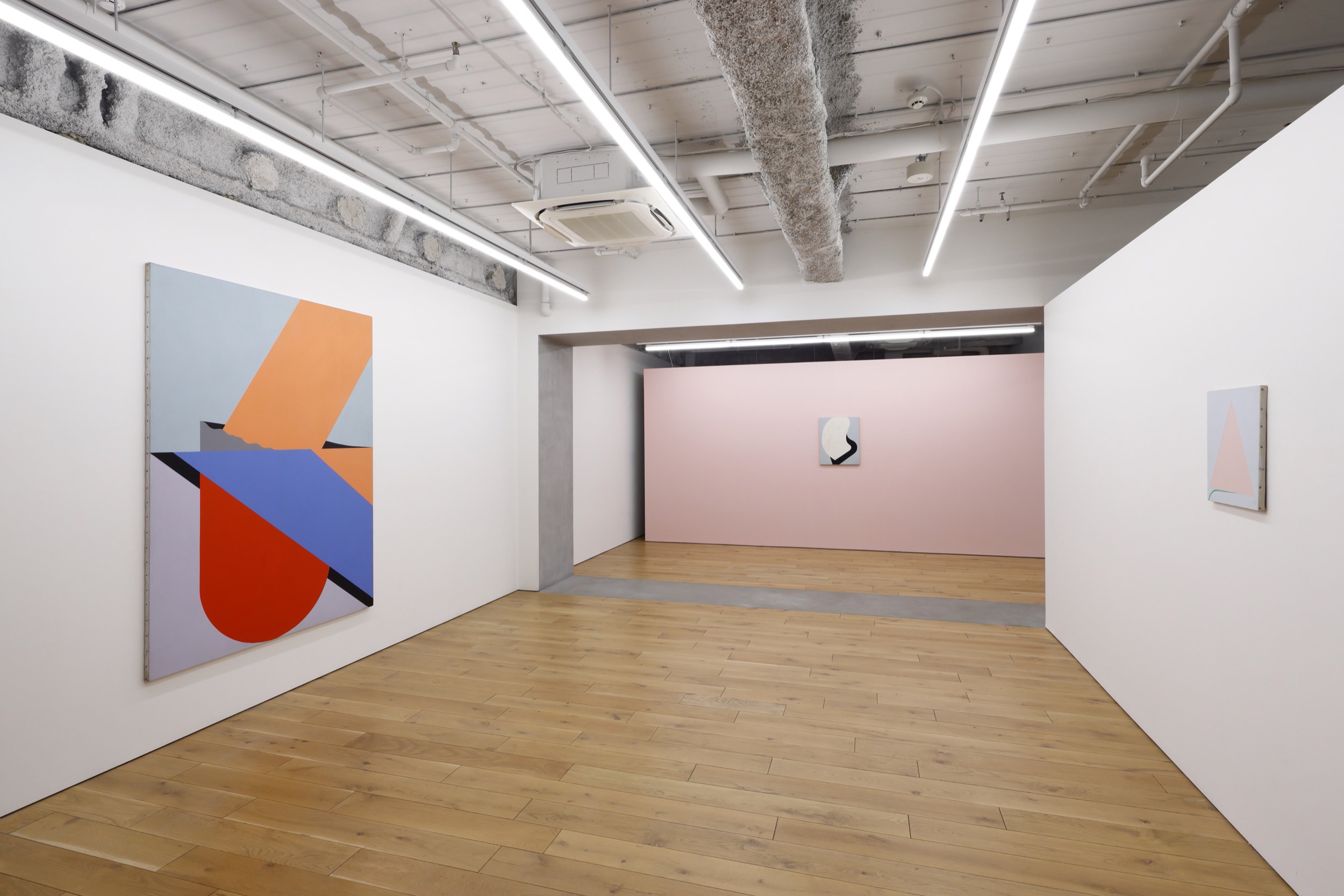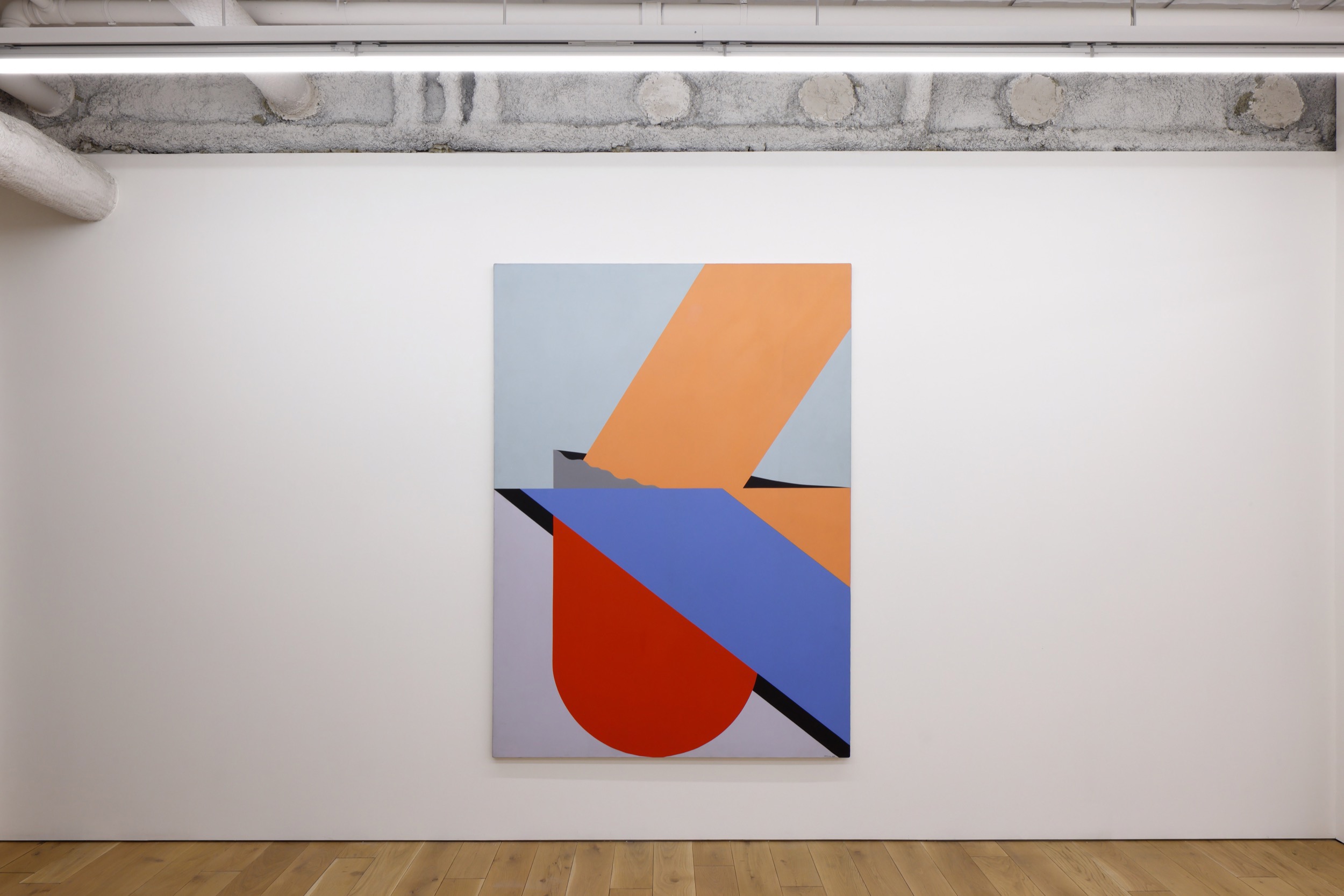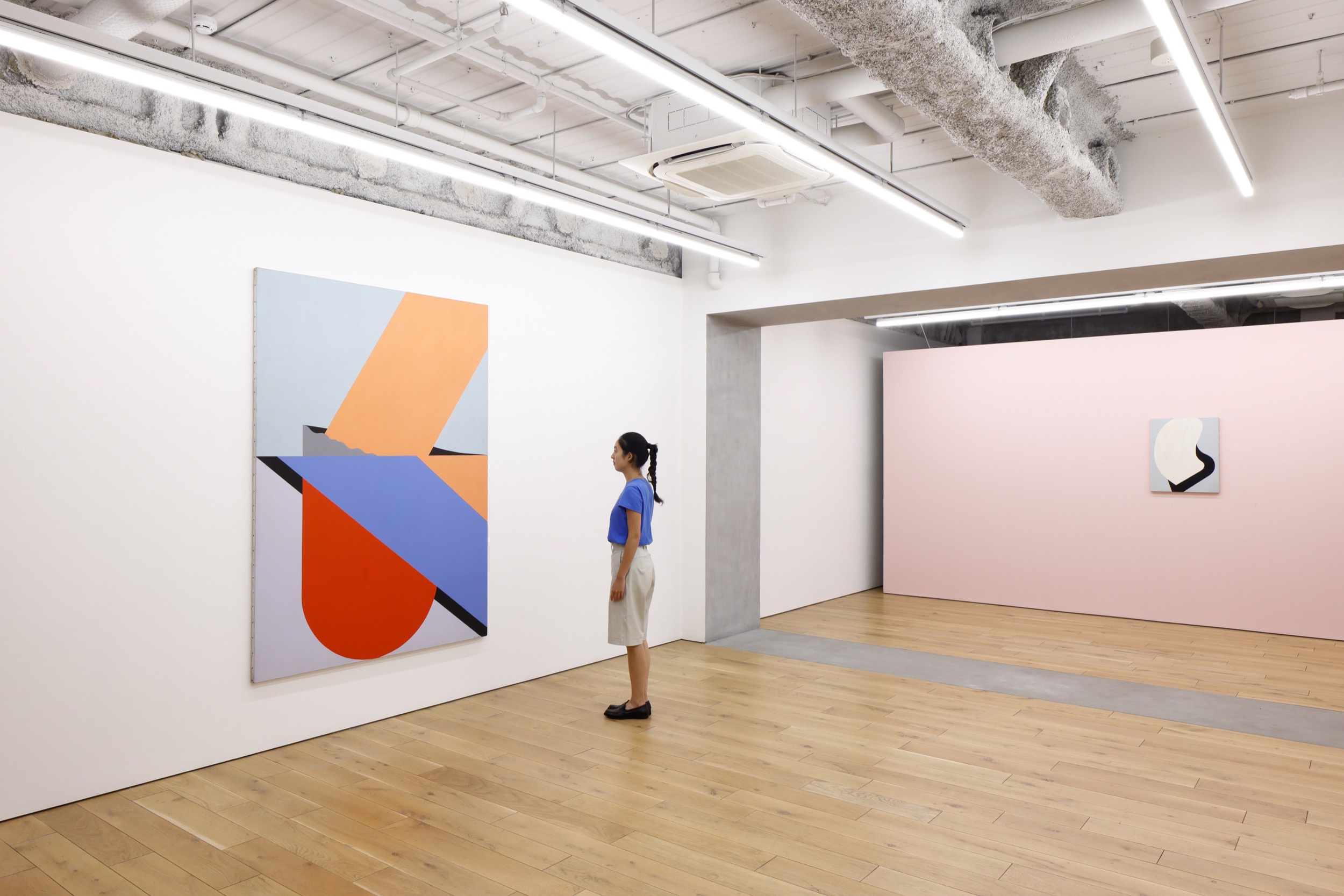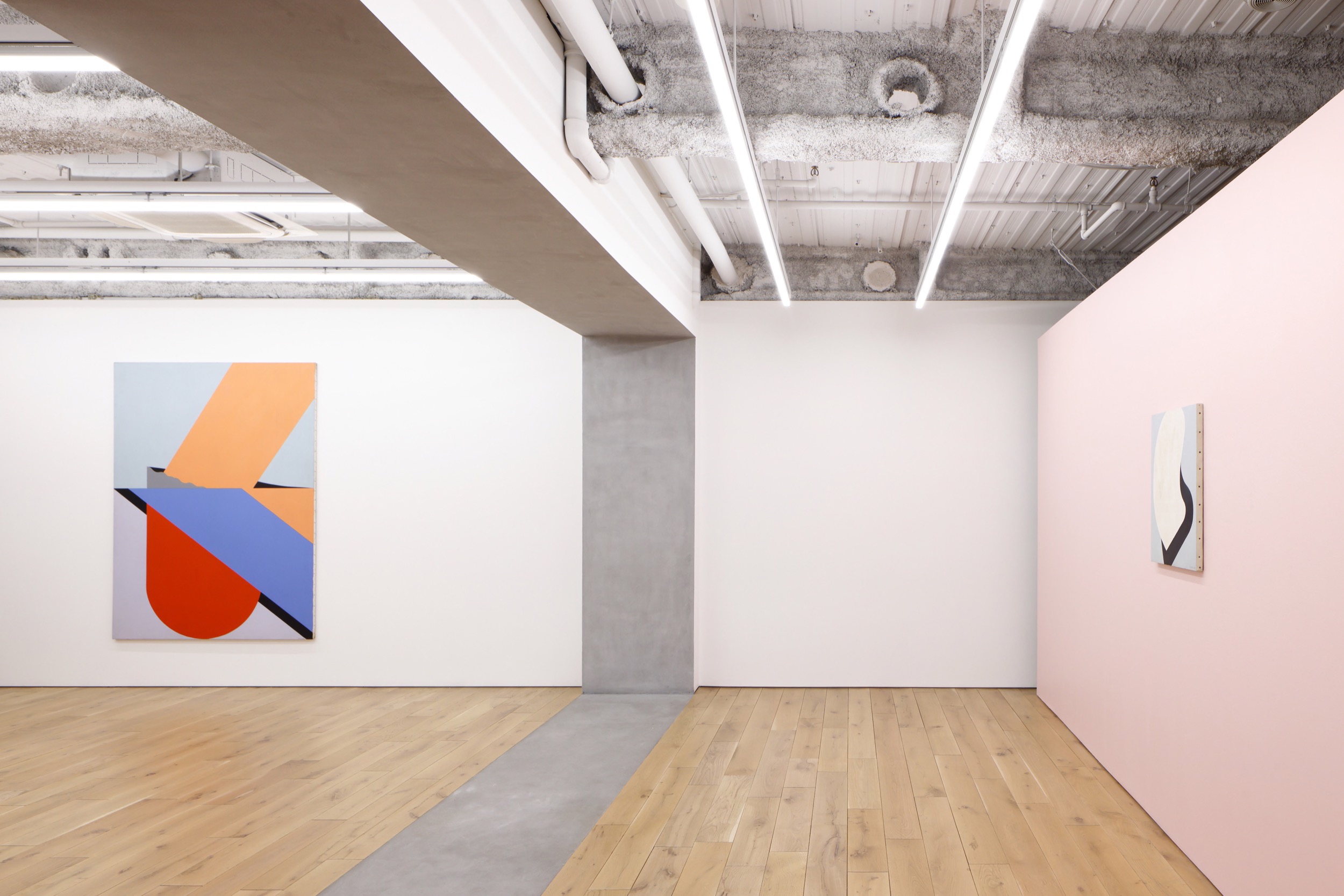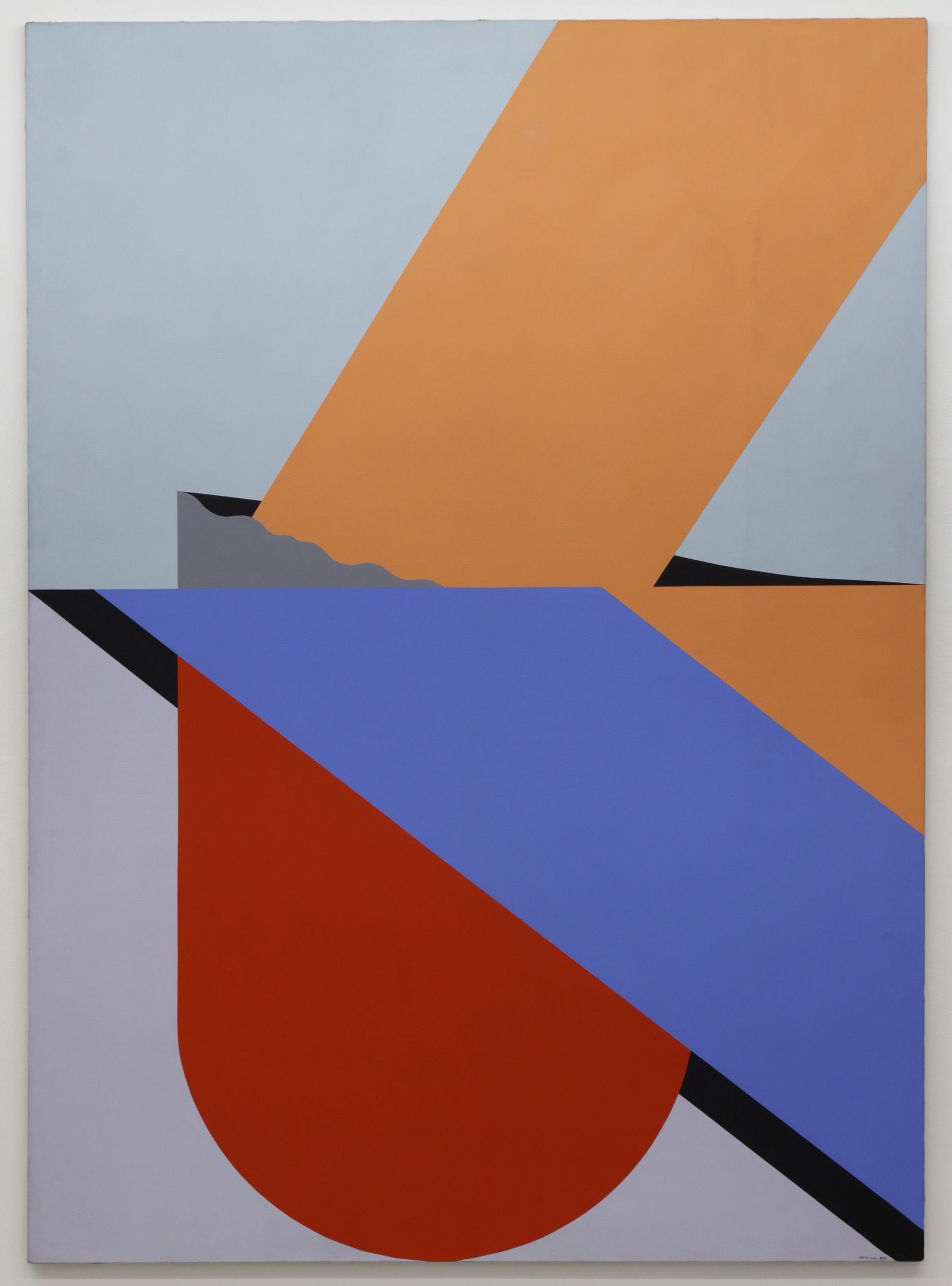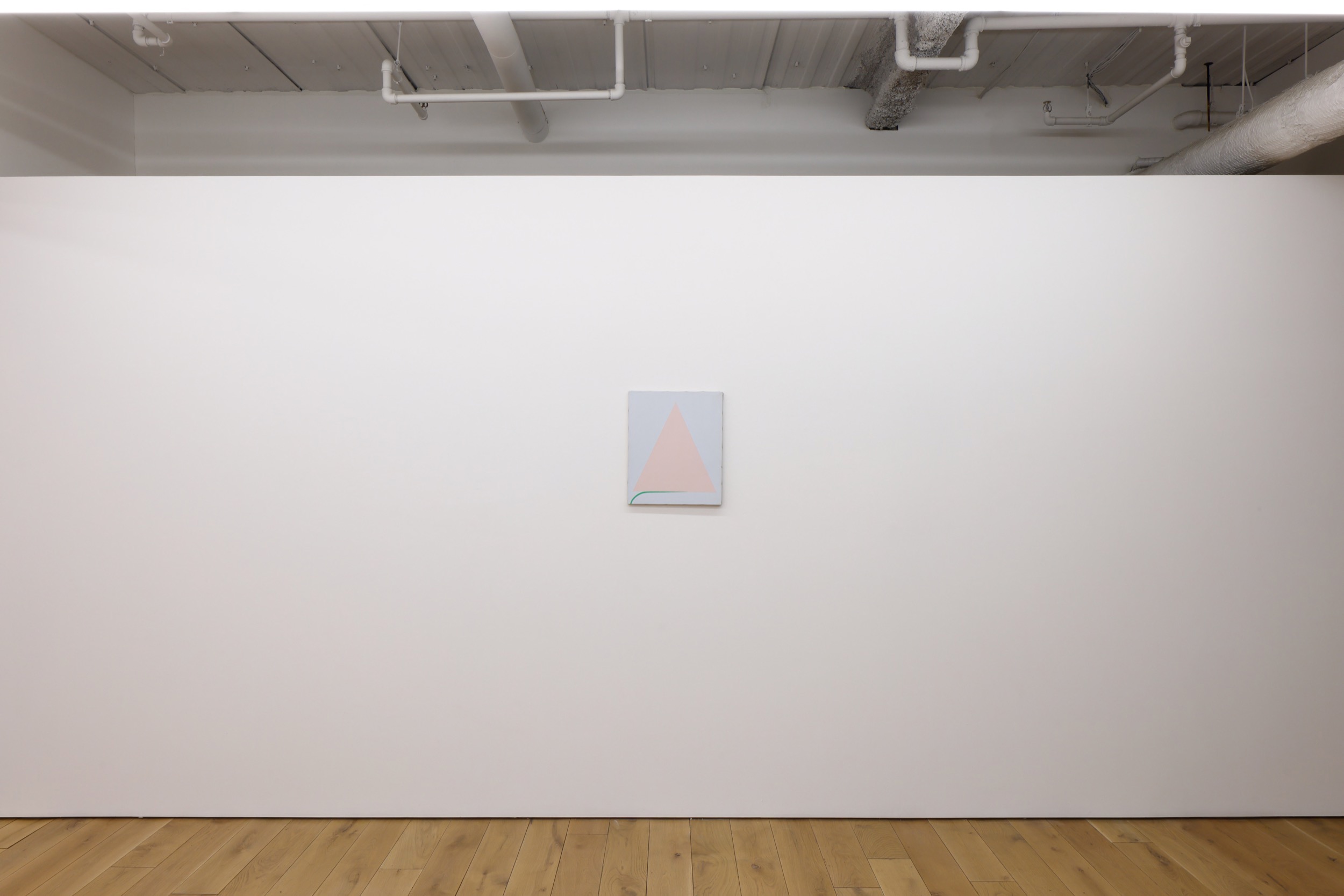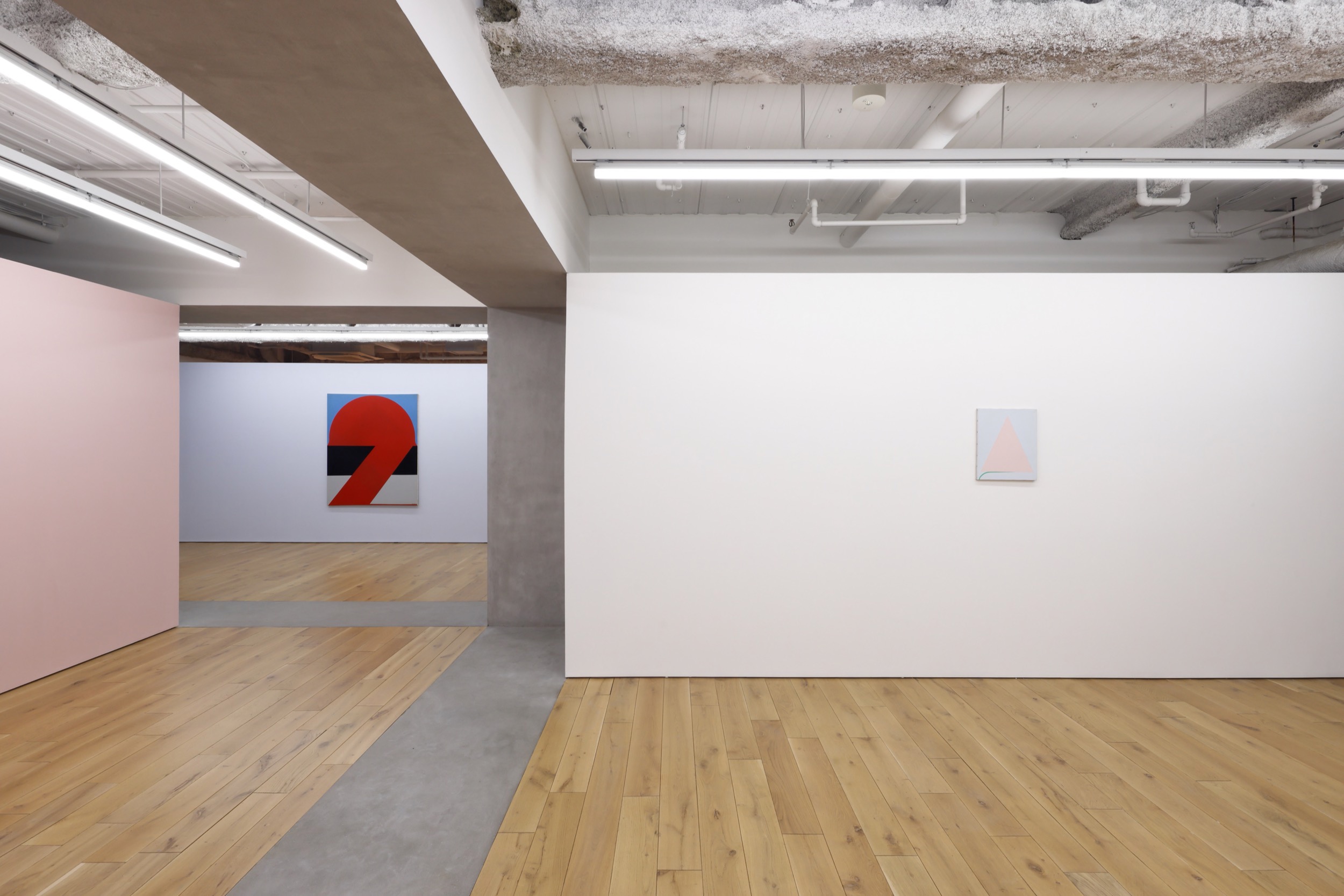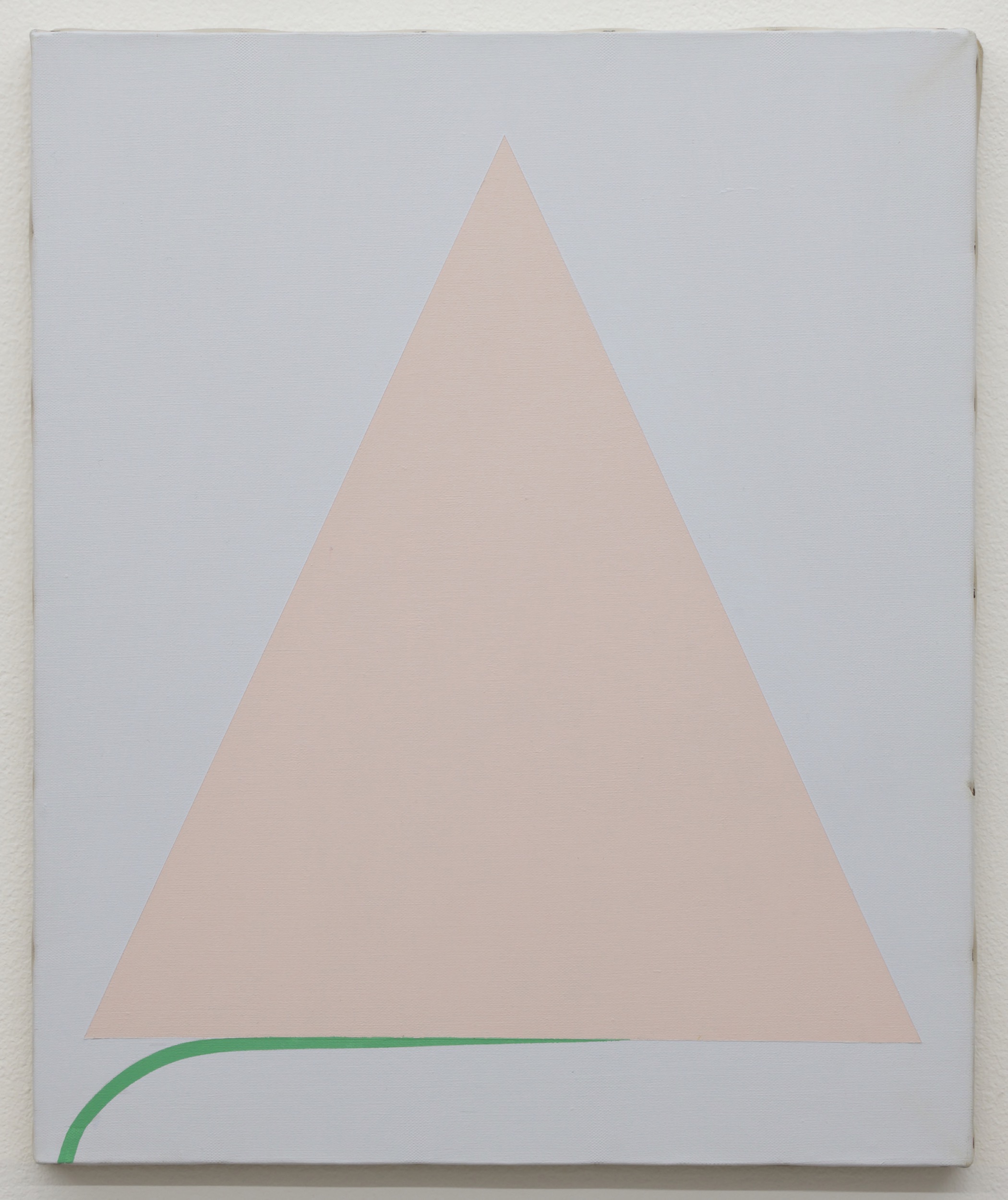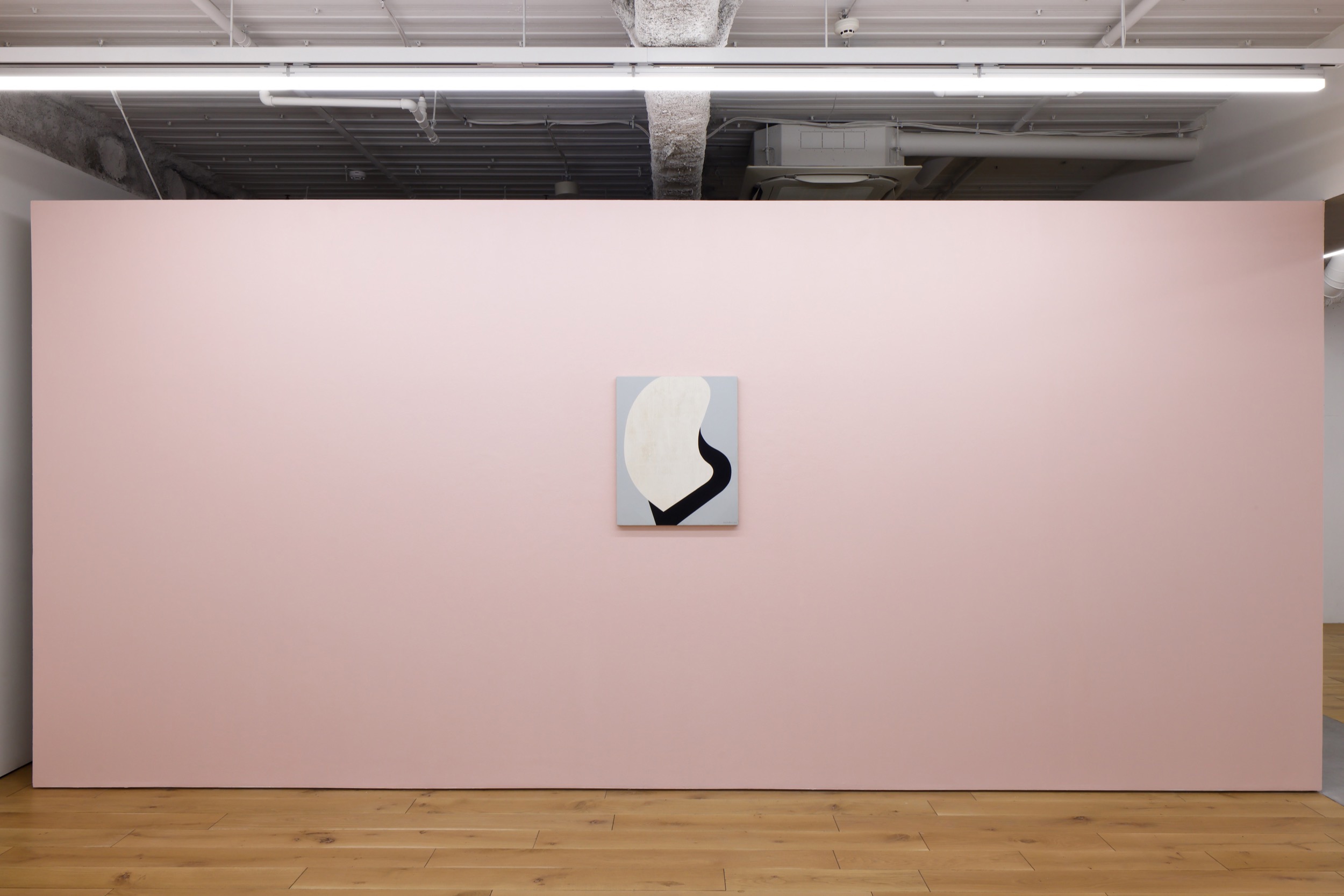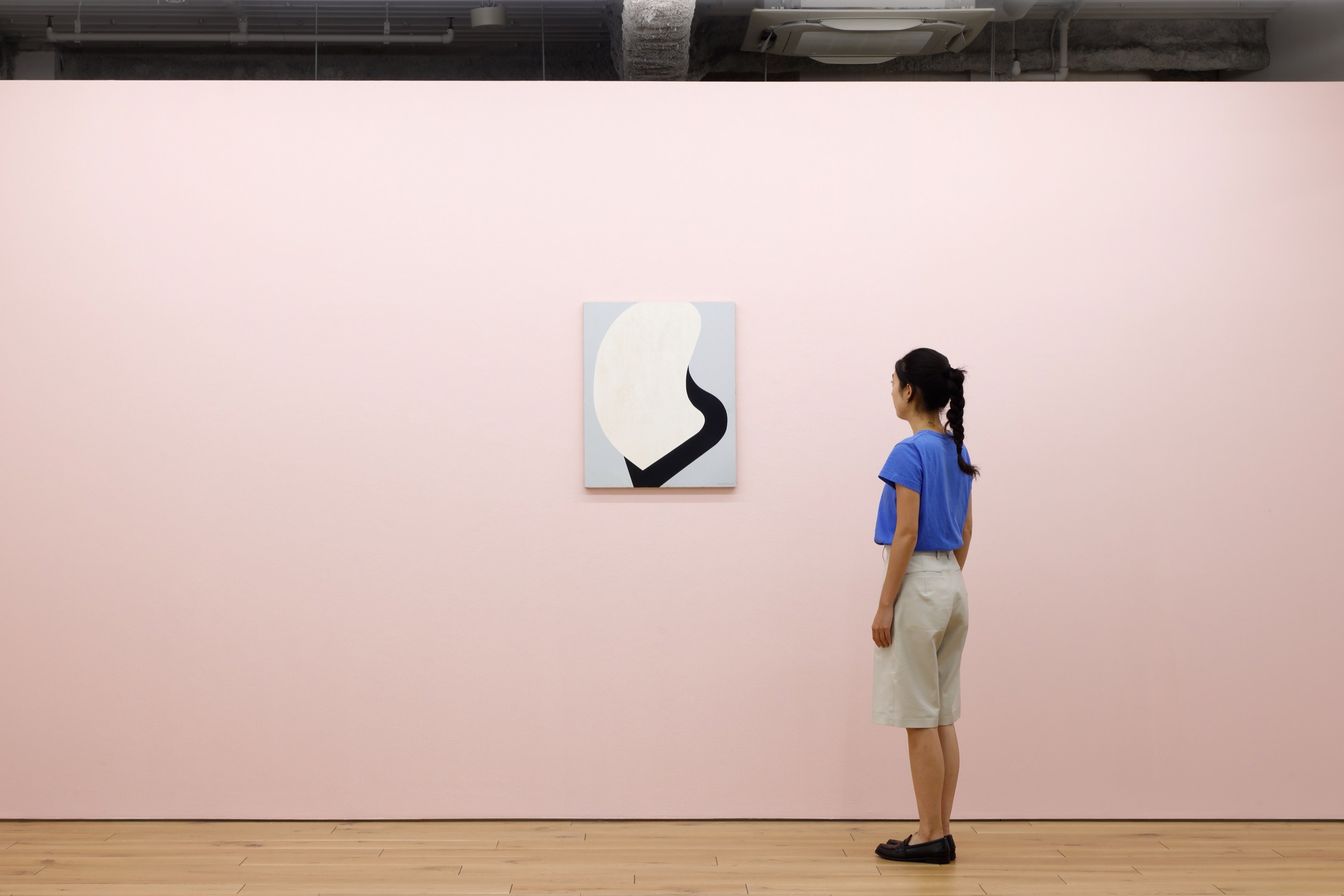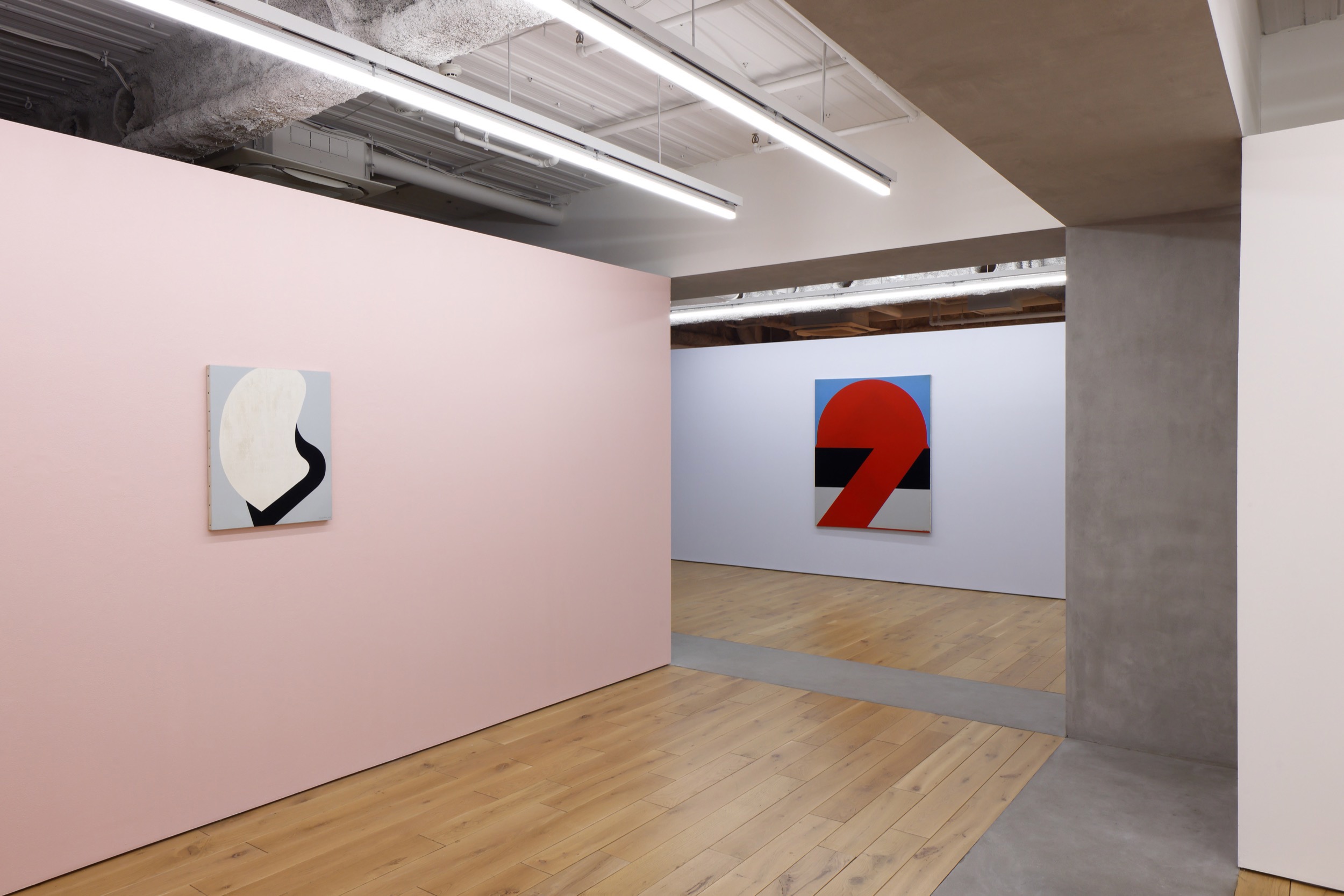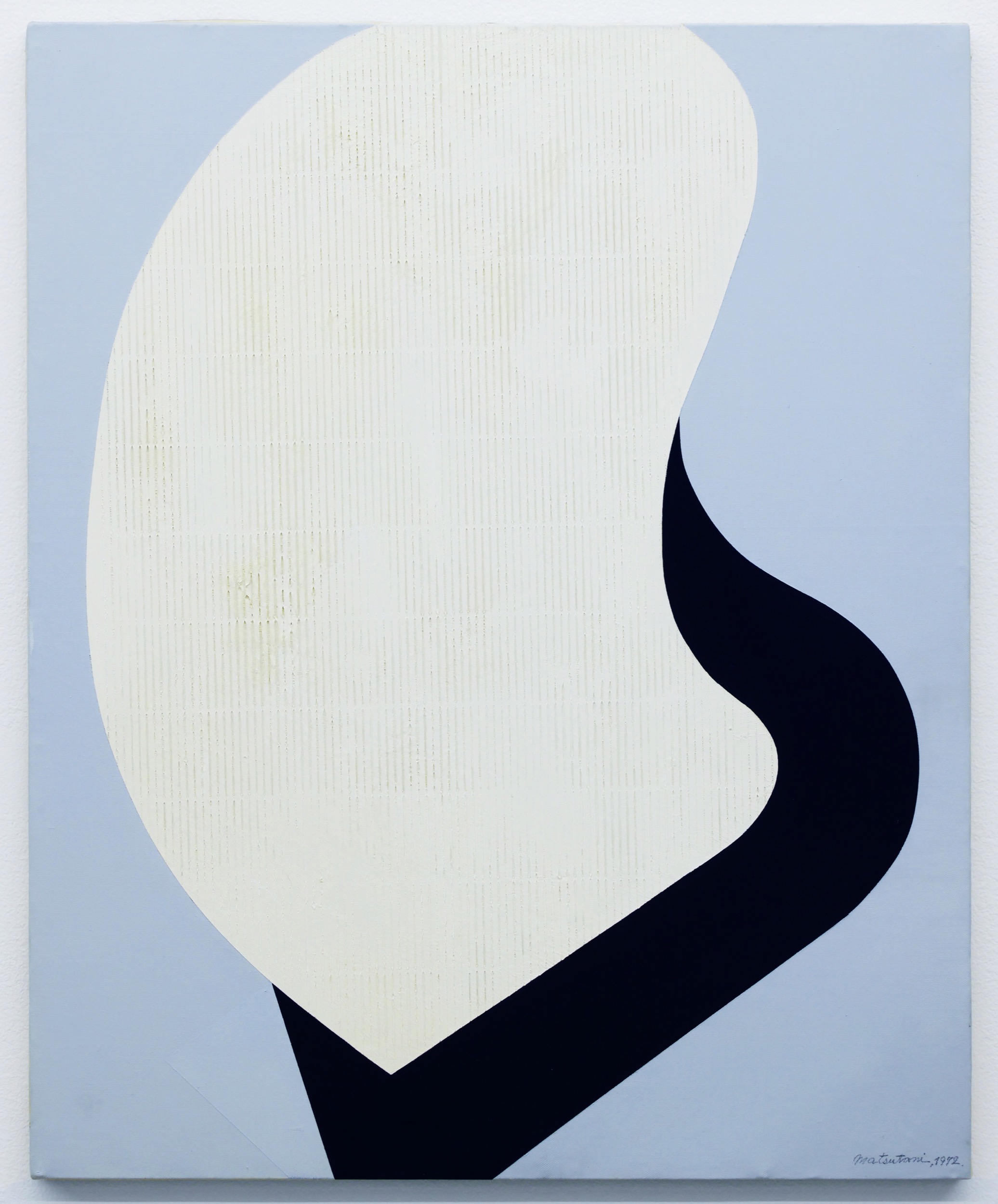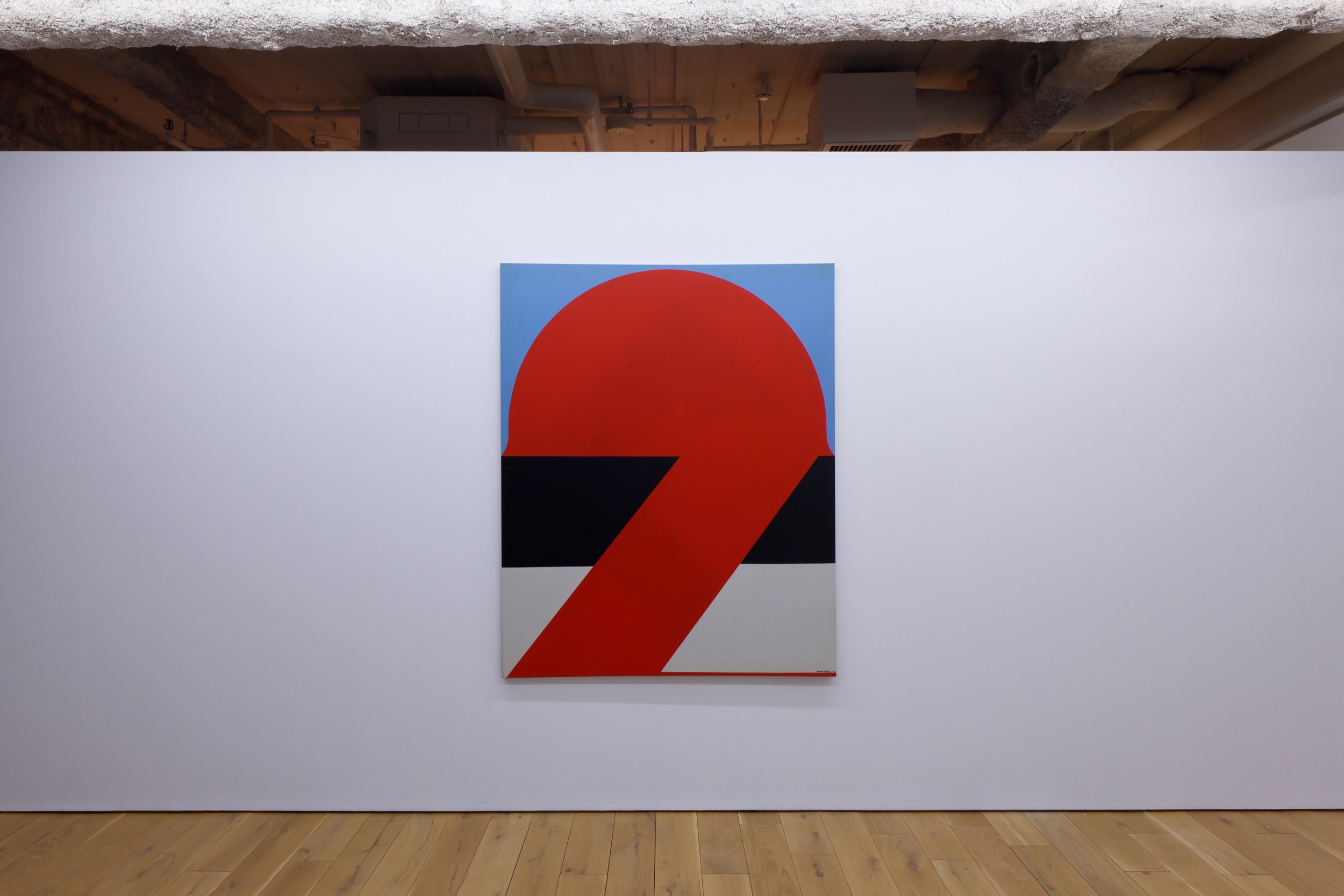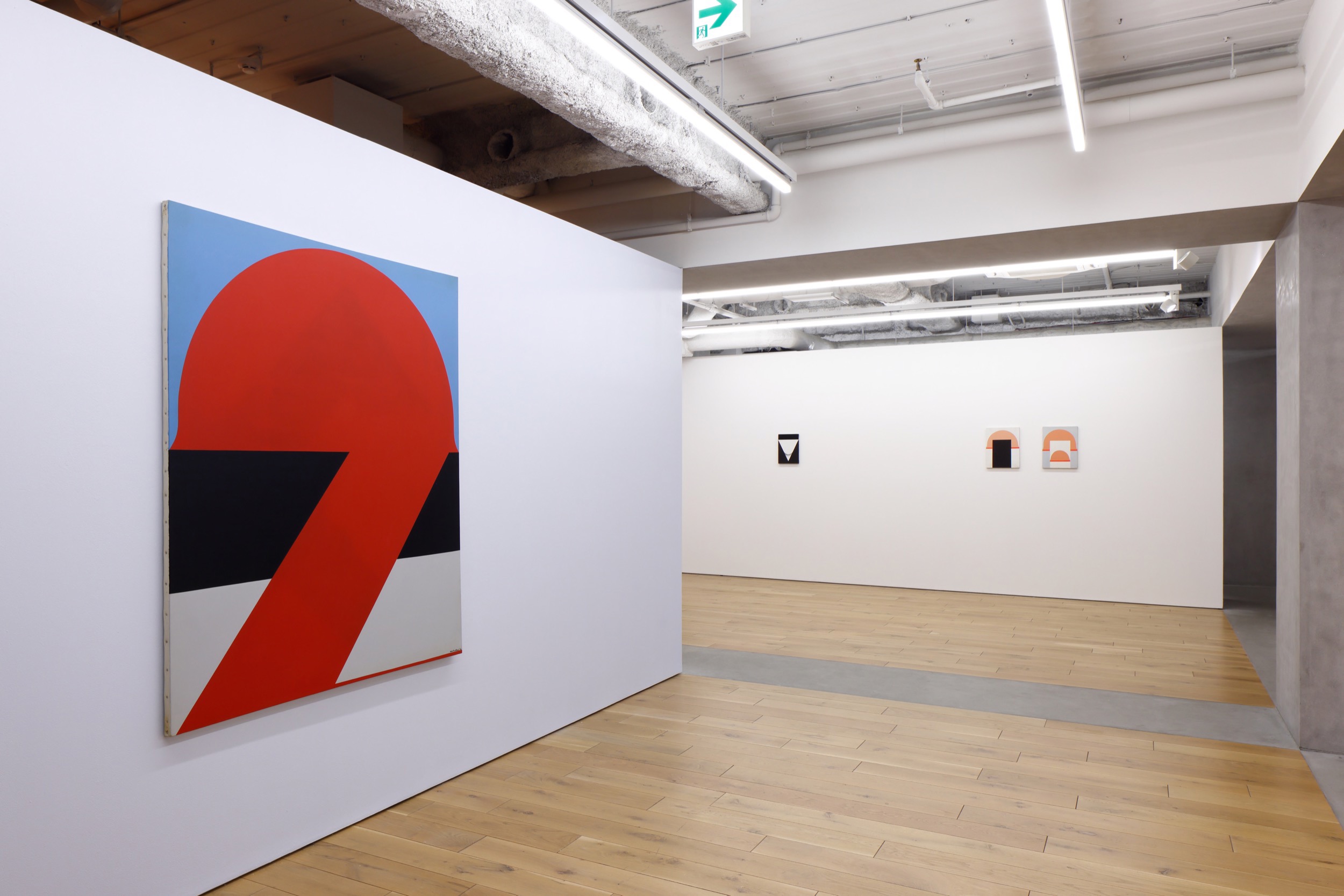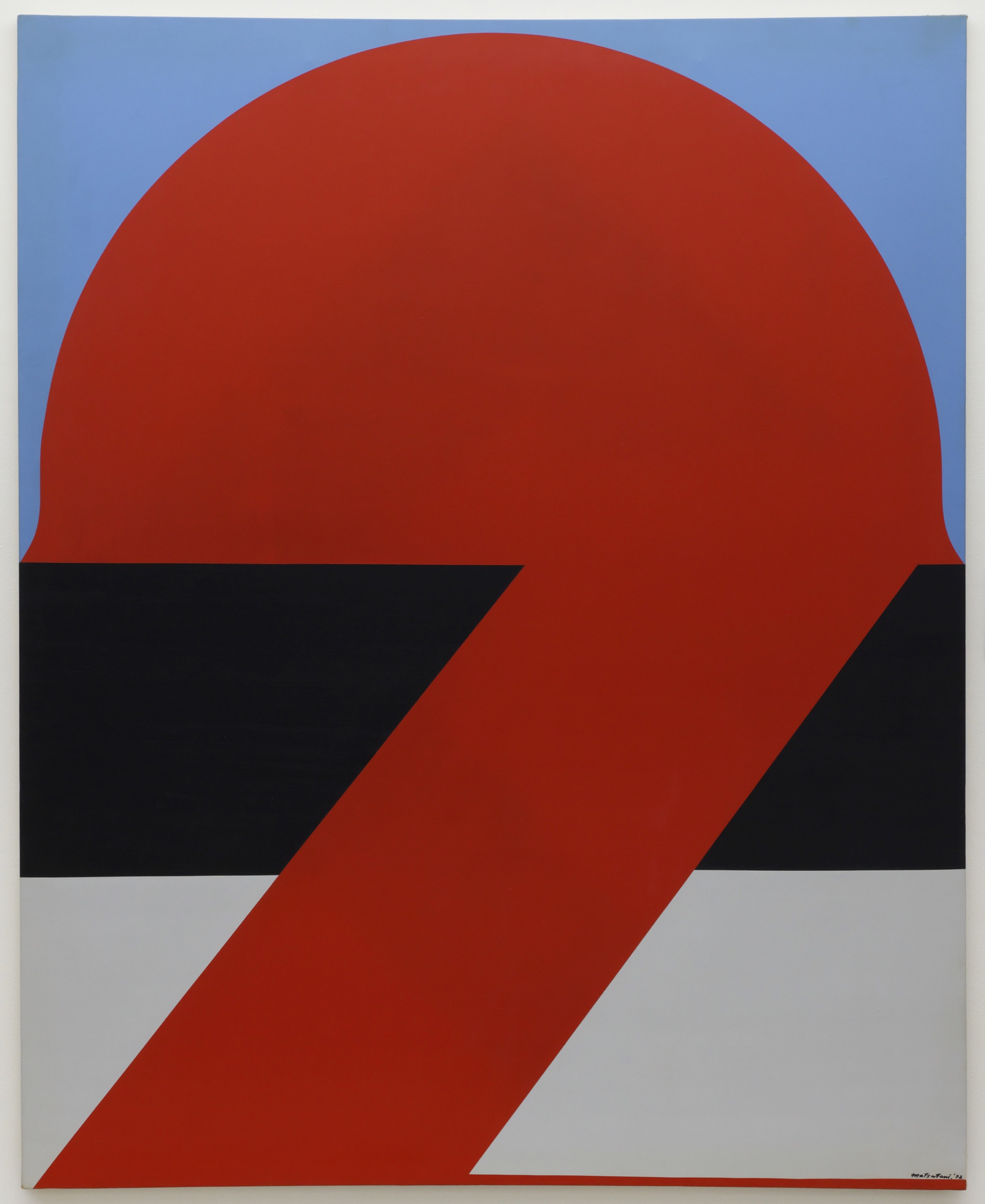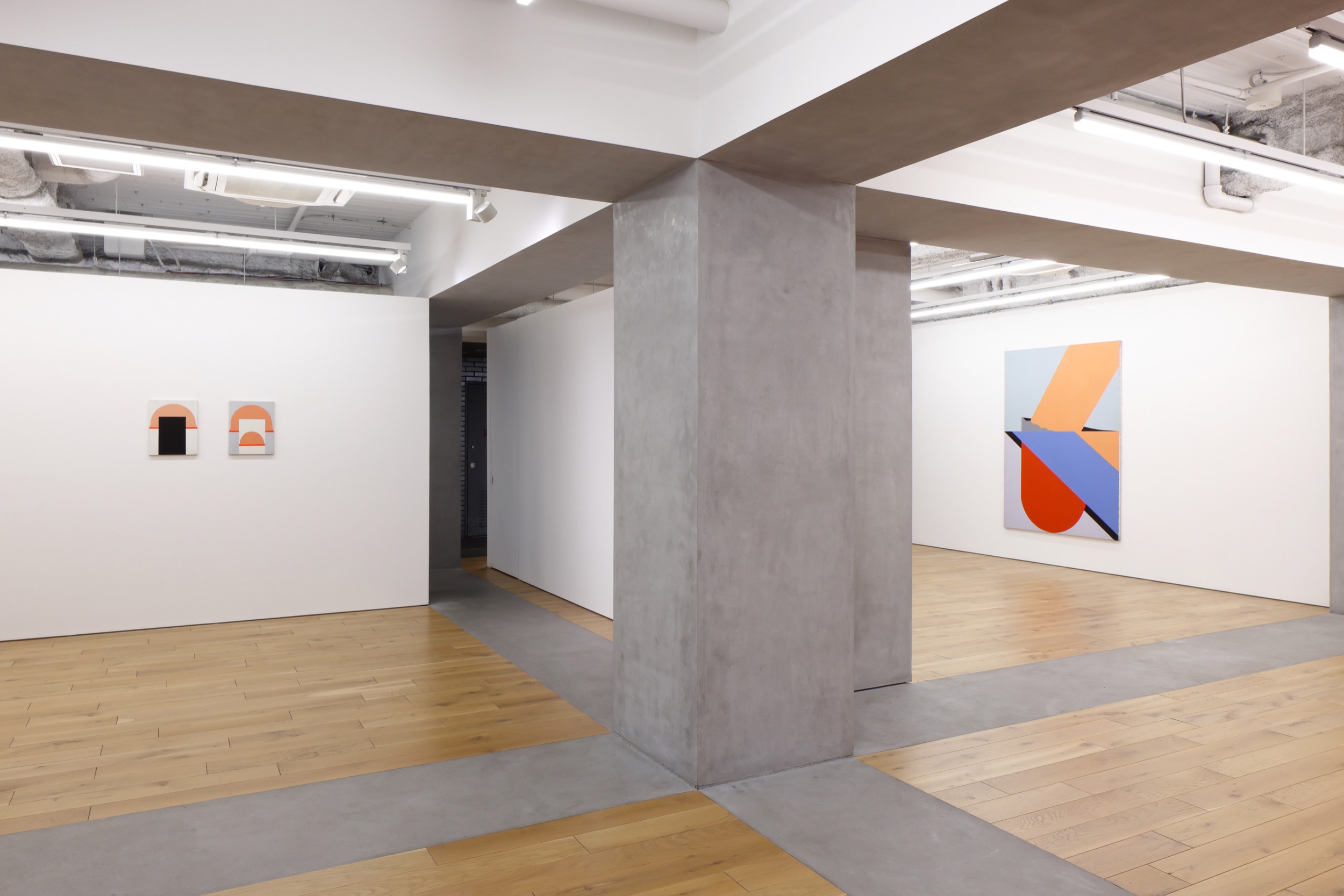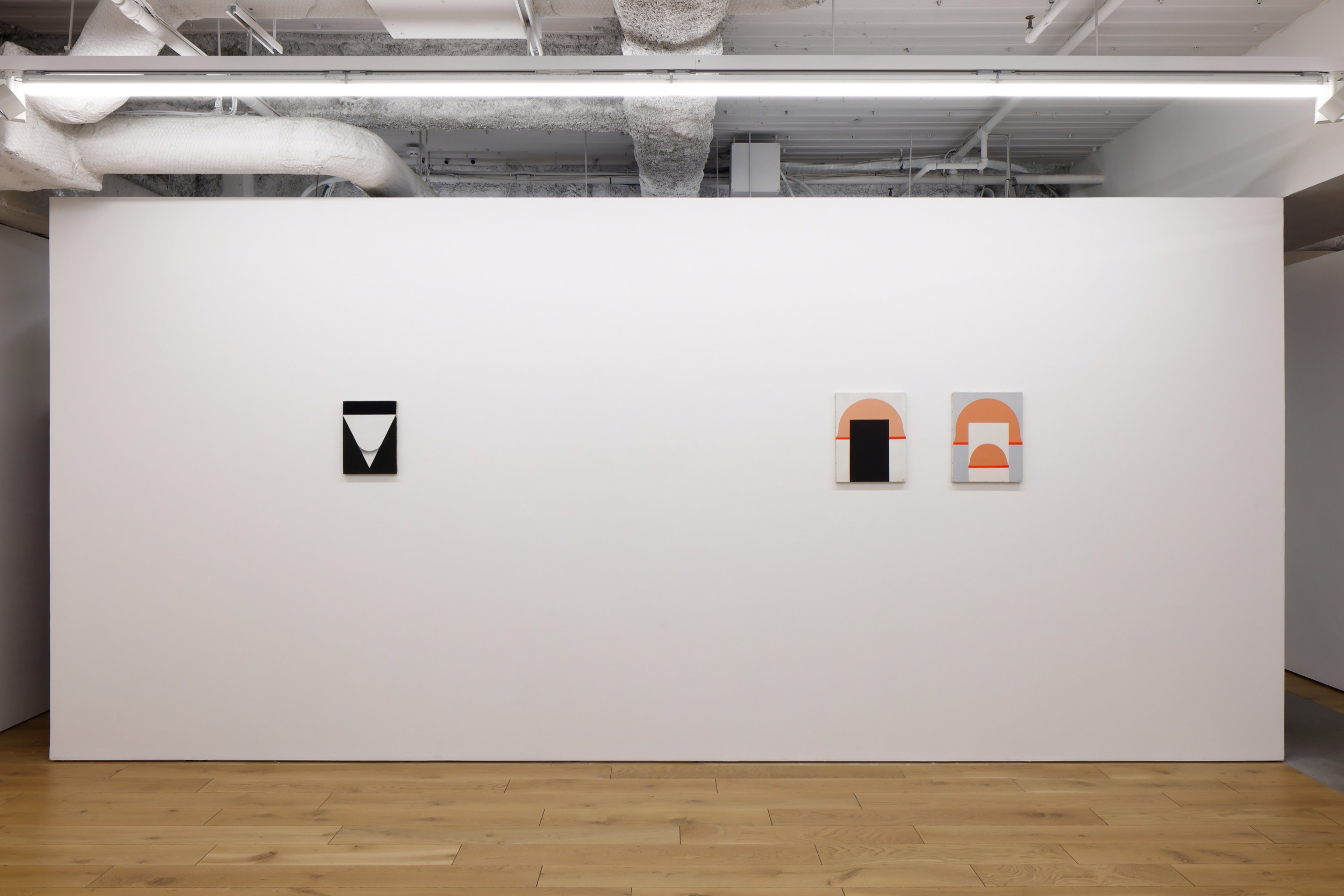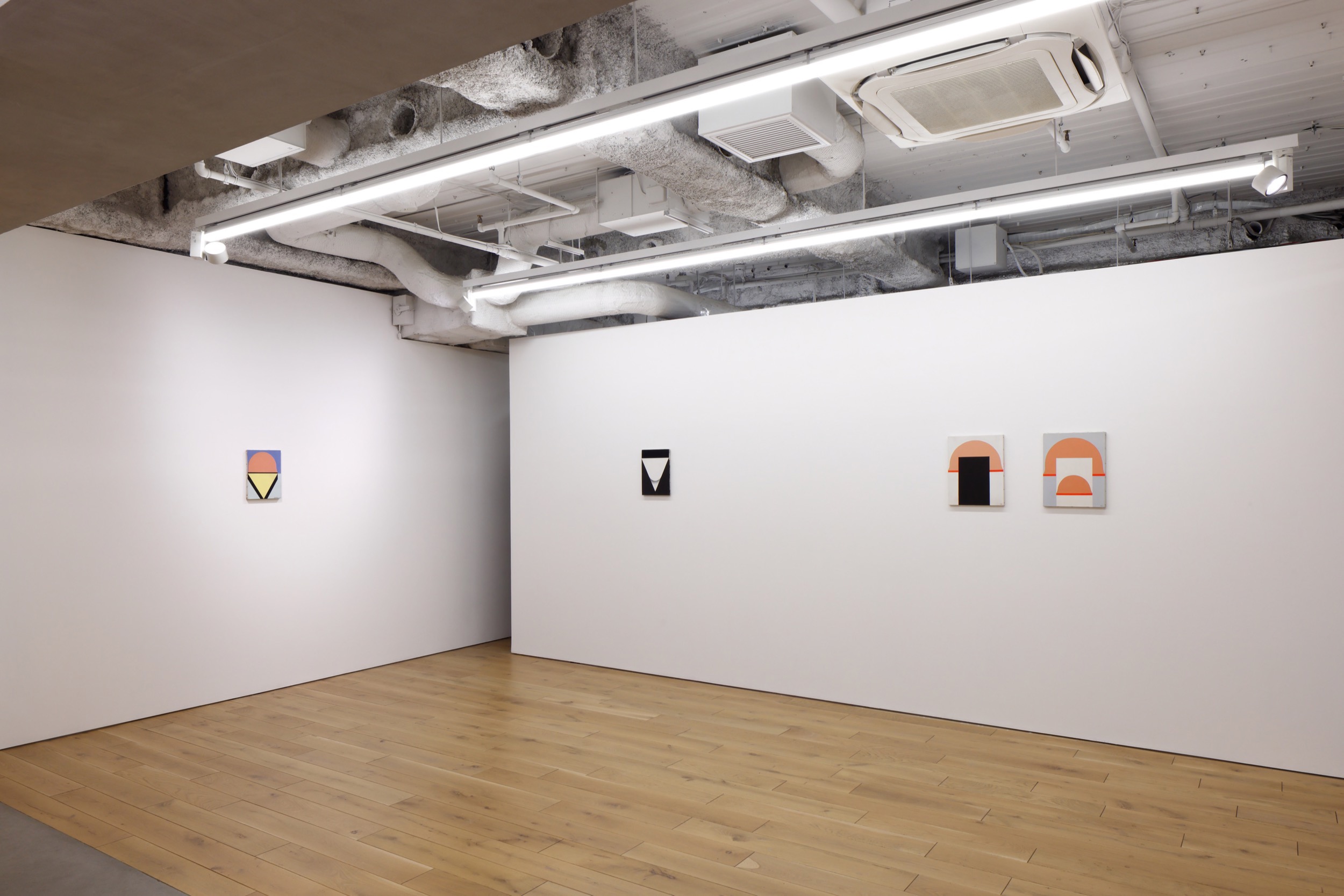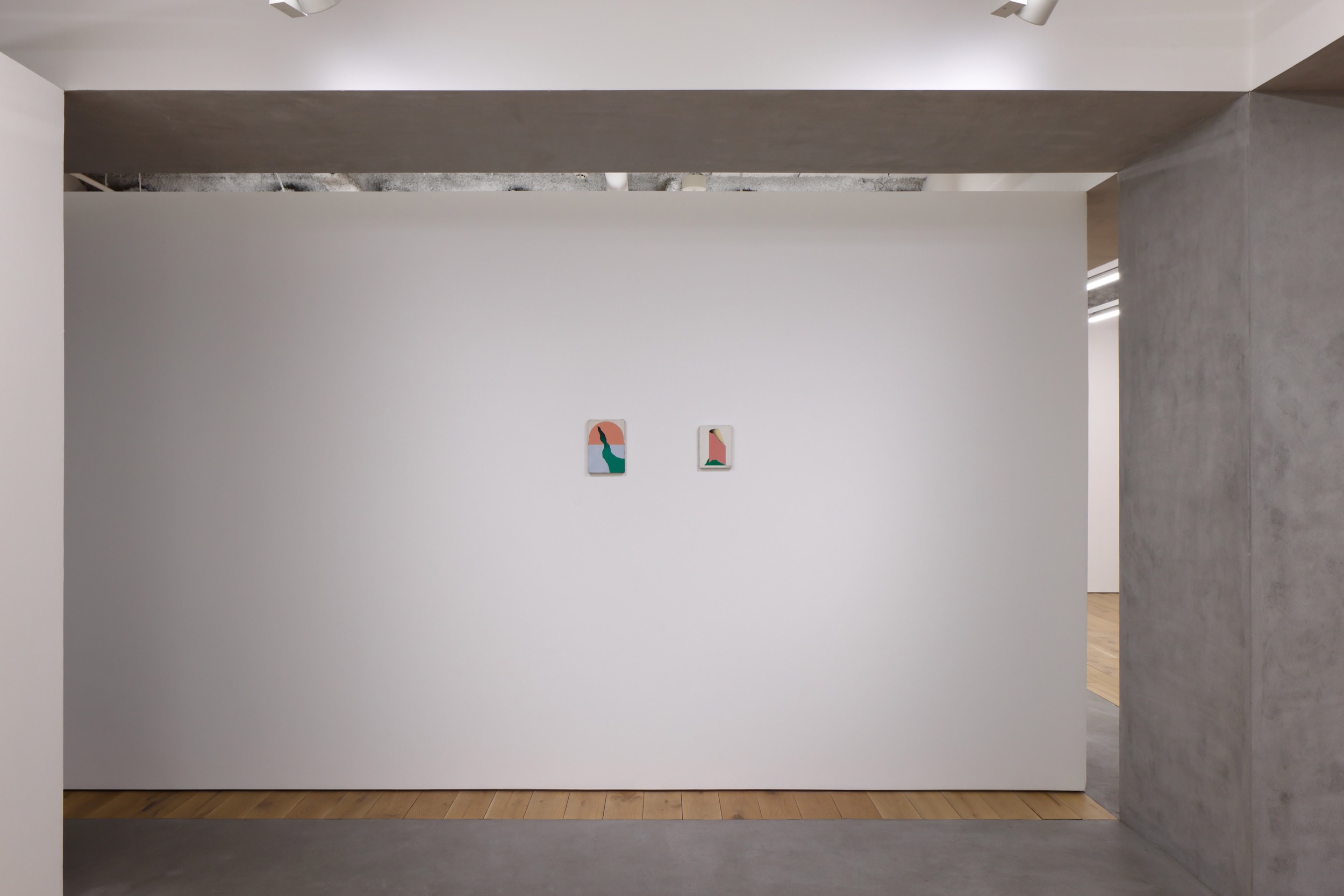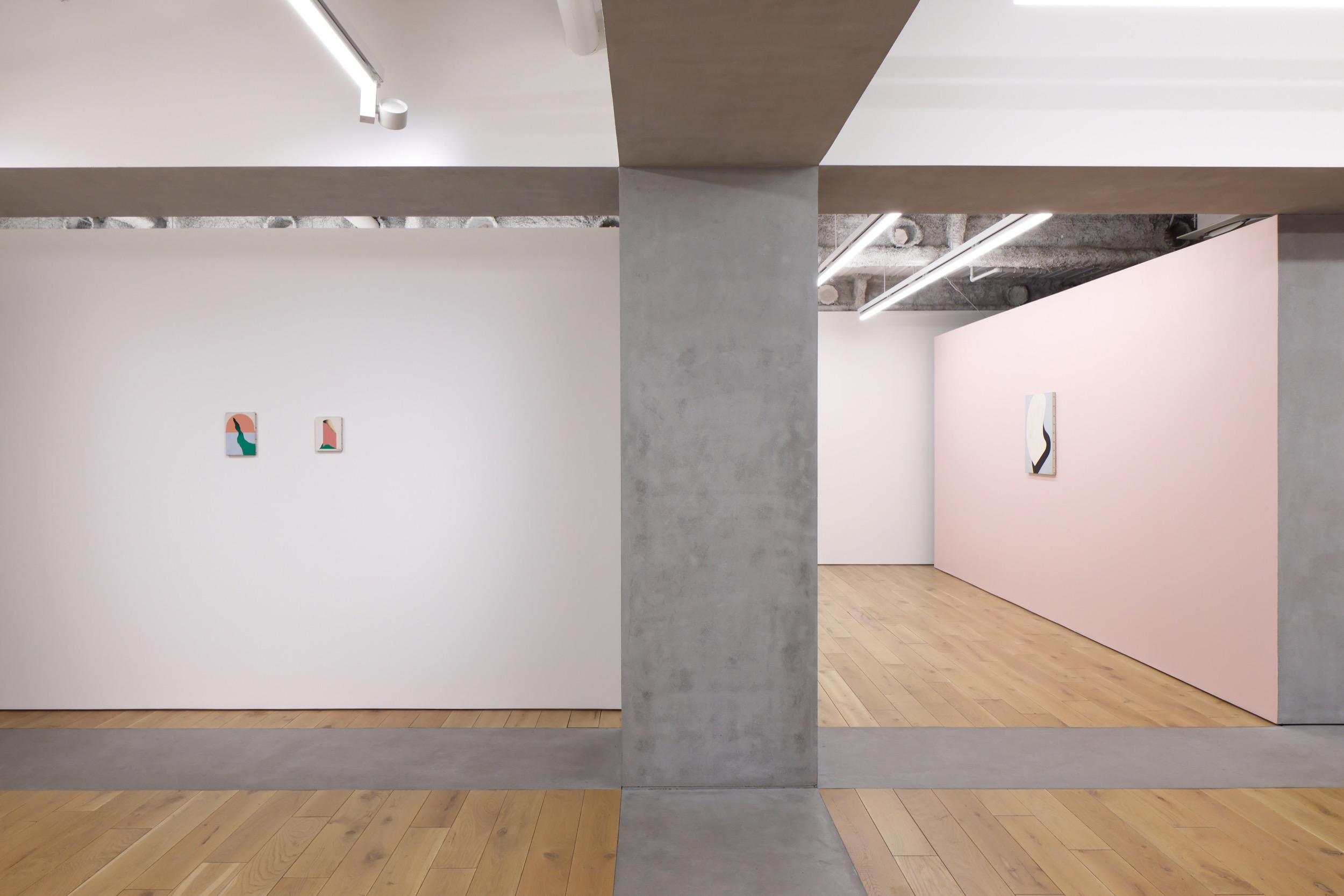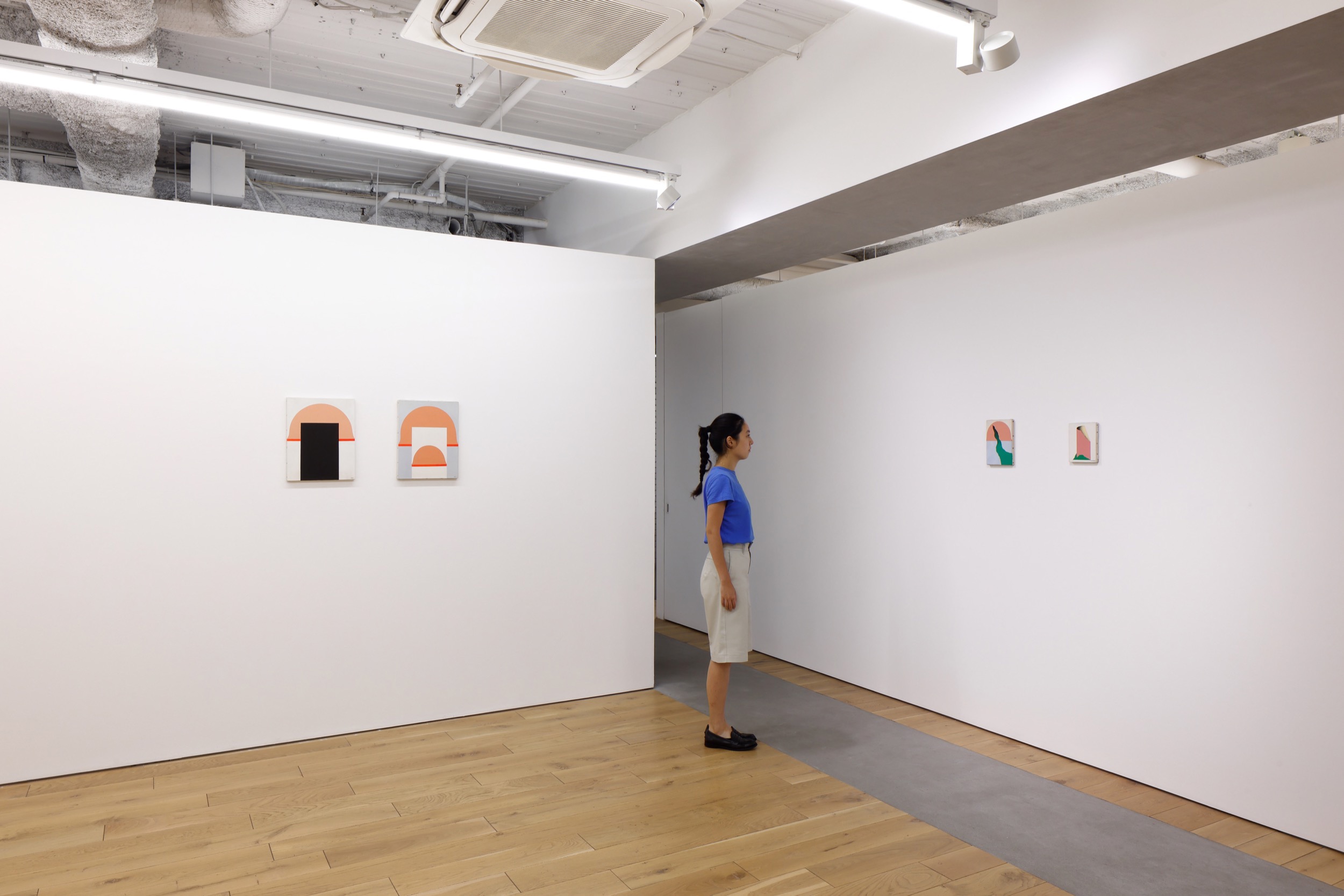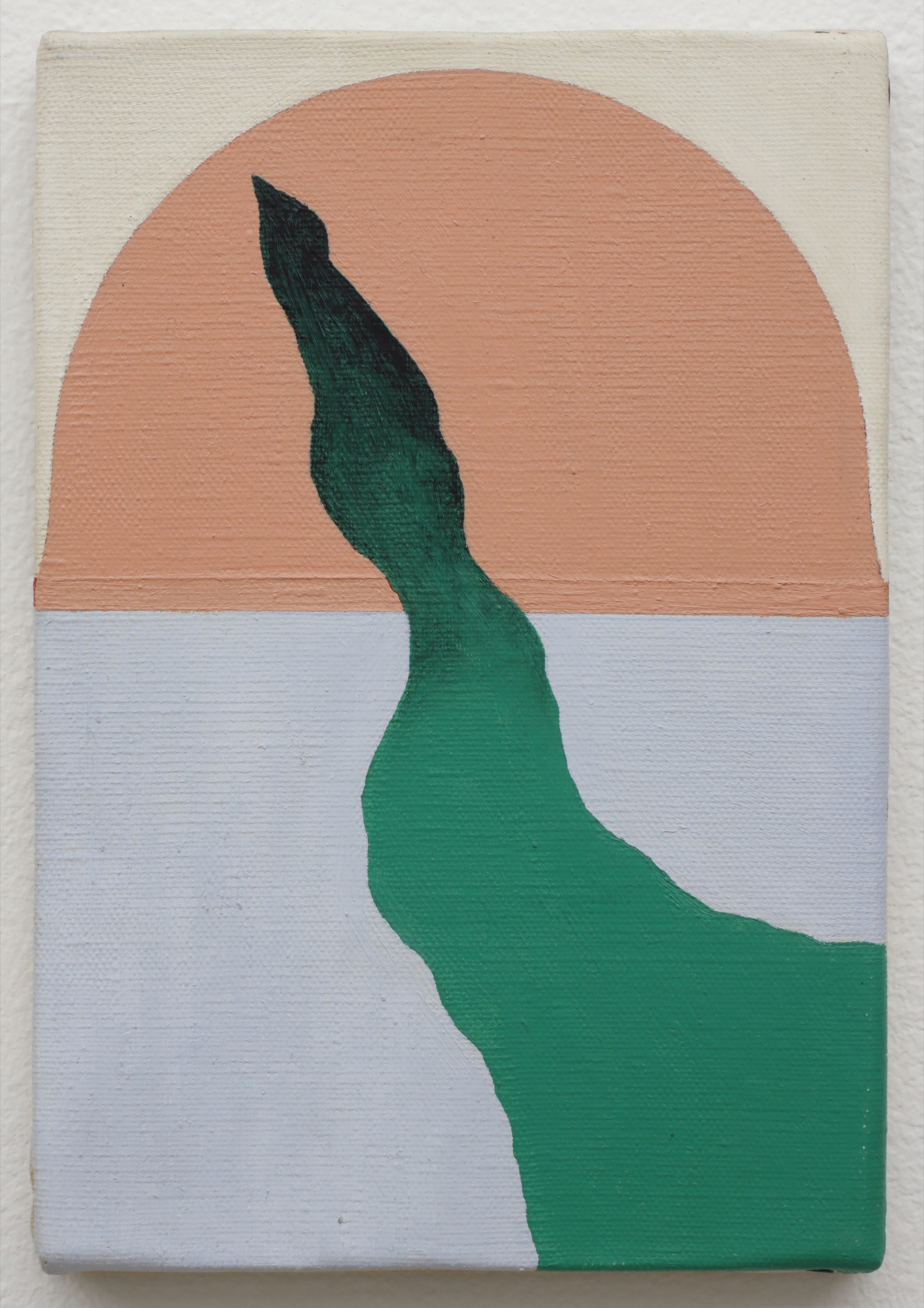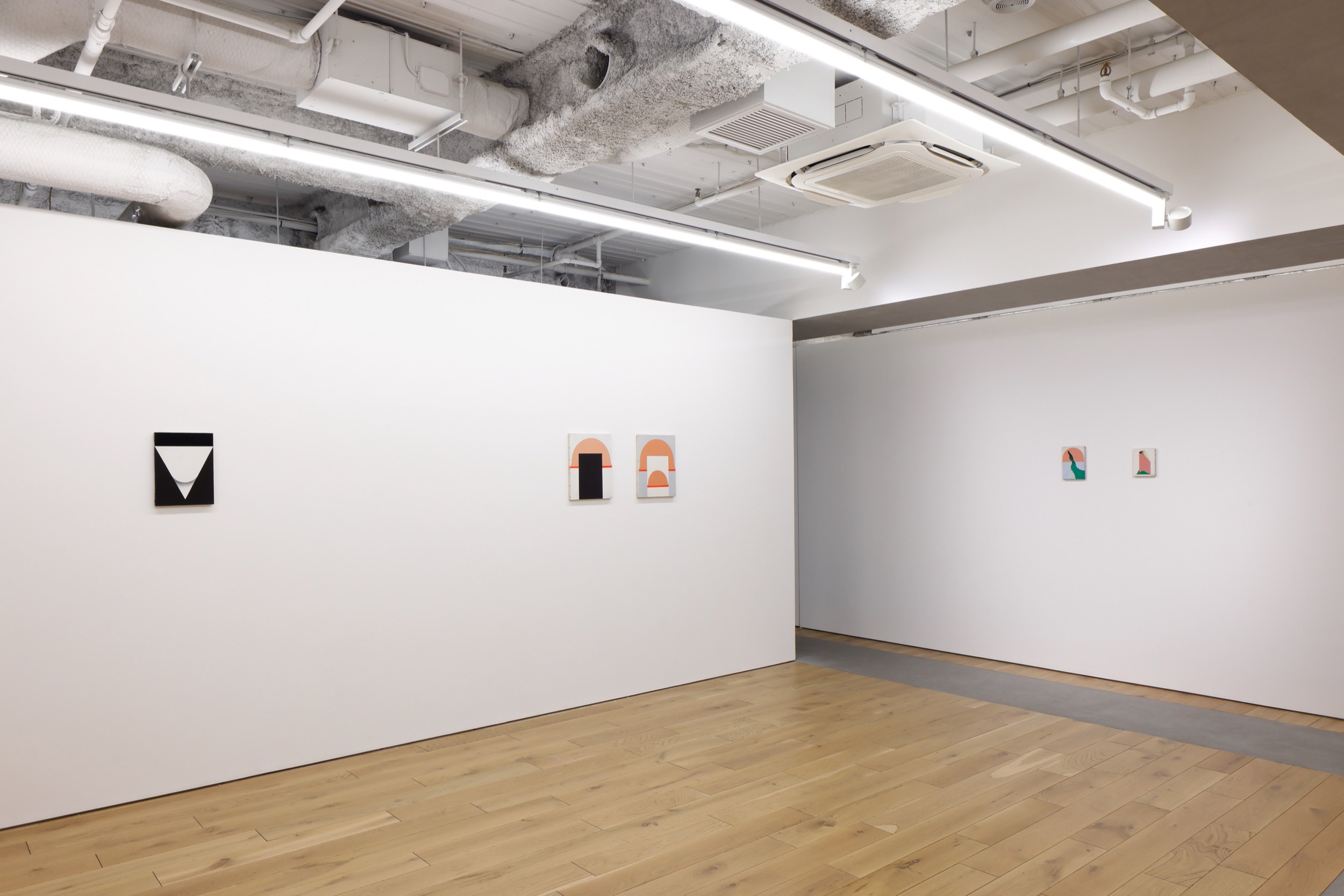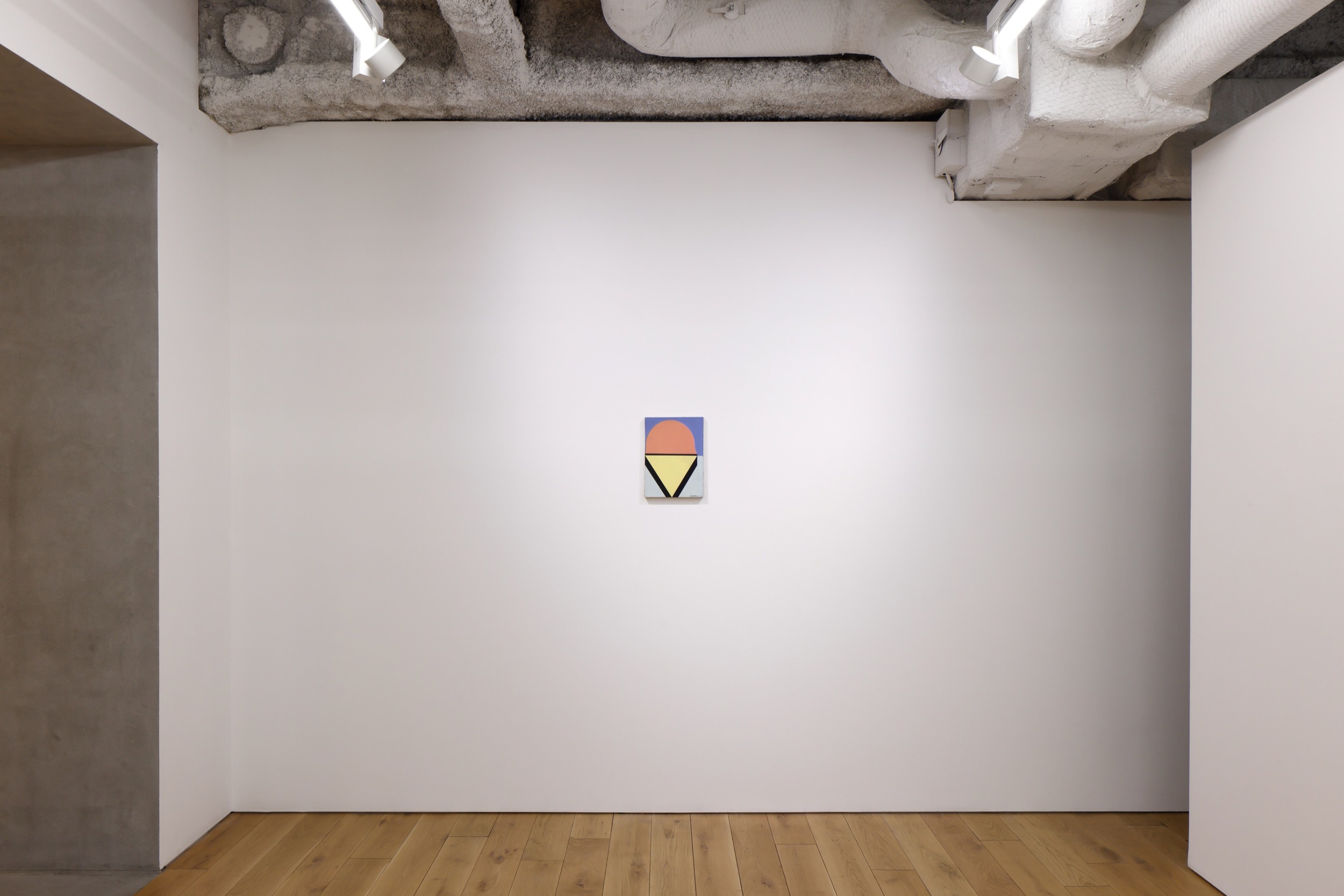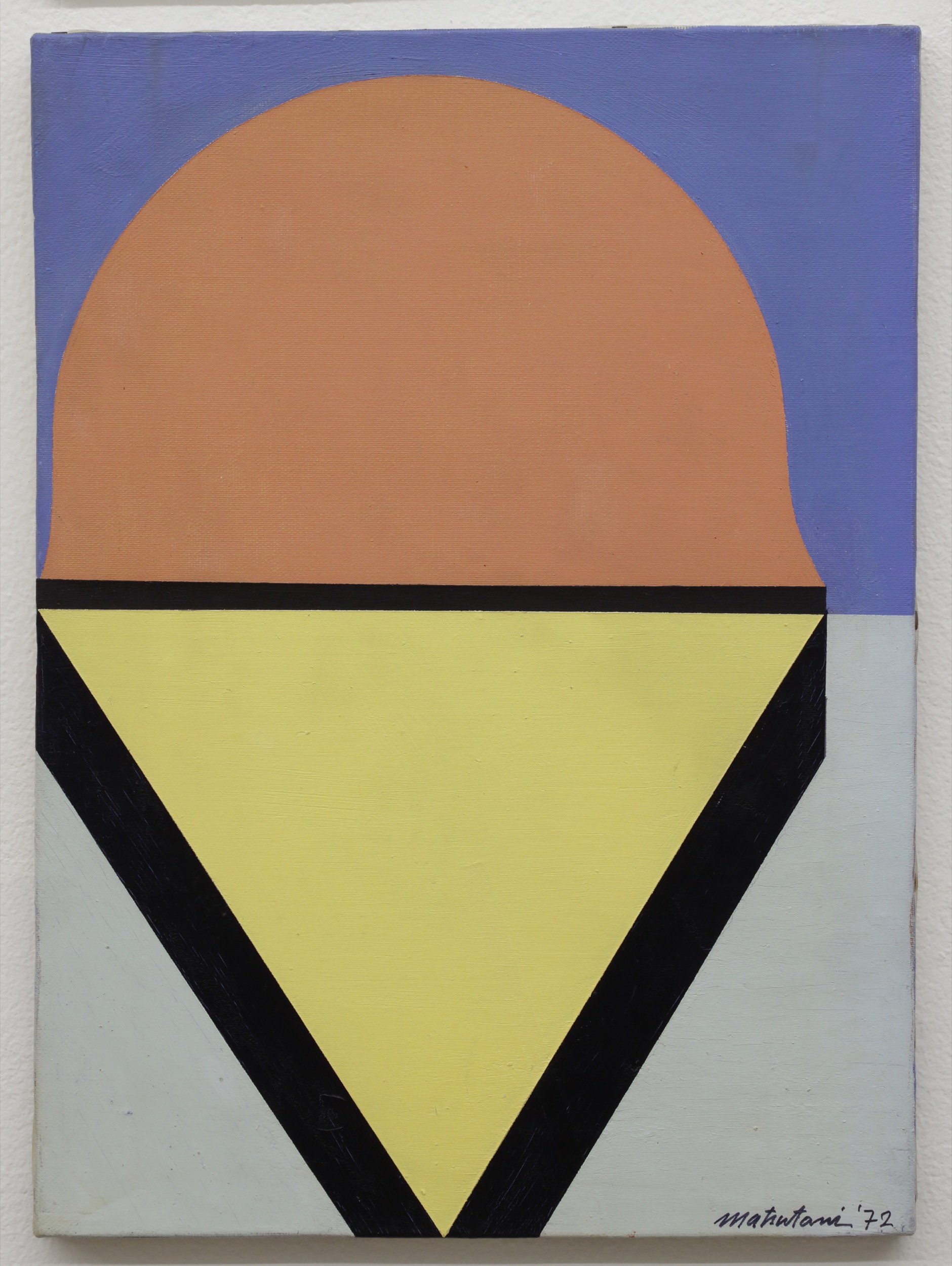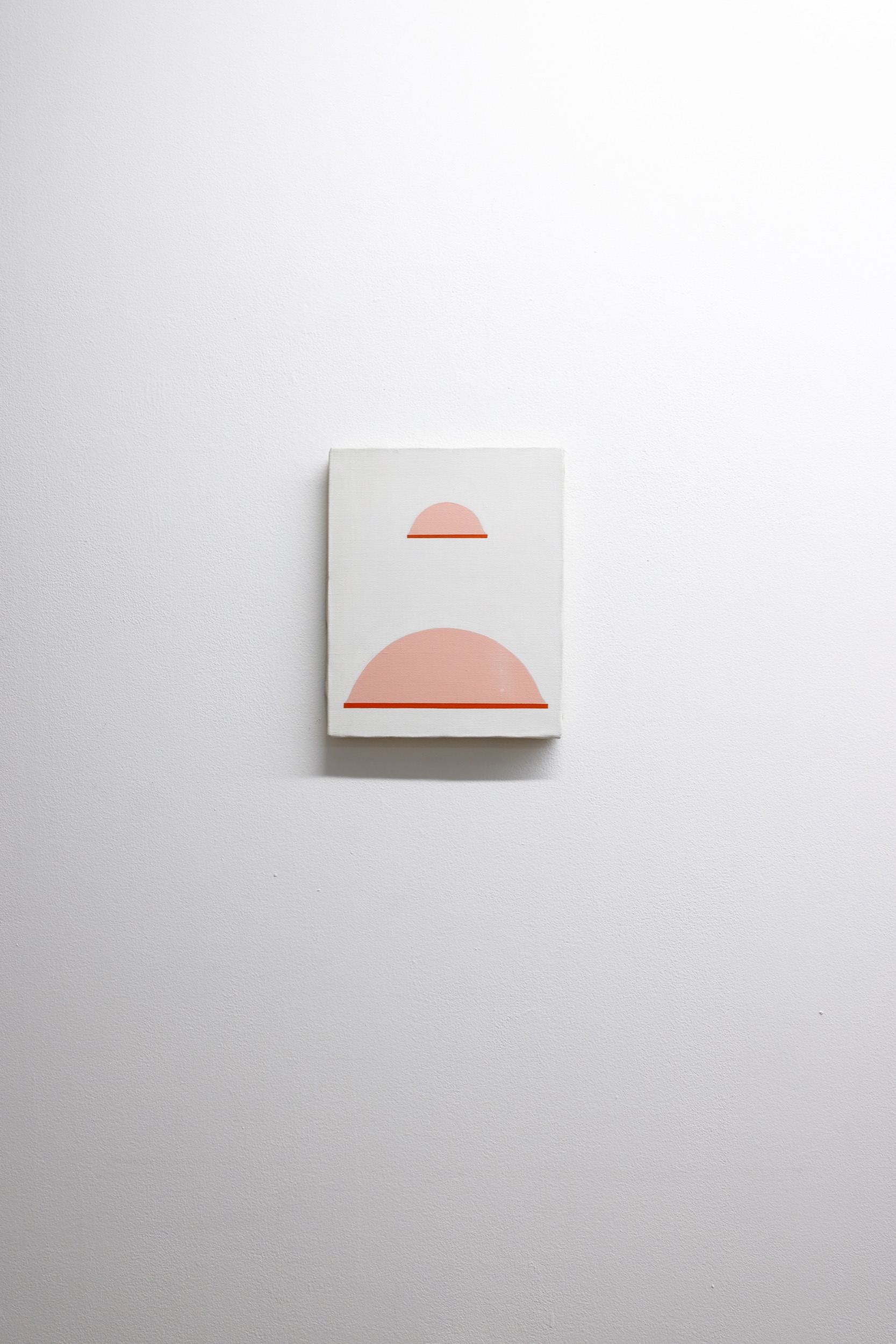Born in Osaka in 1937. Lives and works in Paris. After his first exhibition at the Gutai Art Exhibition in 1960, Jiro Yoshihara recognized his abstract paintings using vinyl glue, and in 1963 he became a member of the Gutai Art Association. In 1966, he won the Grand Prix at the 1st Mainichi Art Competition selected by the French government for international students and went to France. Since then, he has continued to present a wide variety of works, including two-dimensional, three-dimensional, and performance. In Japan, he has held solo exhibitions at the Otani Memorial Museum of Art, Nishinomiya City and the Museum of Modern Art, Kanagawa. In recent years, his work has been included in the collection of the Pompidou Center National Museum of Modern Art in Paris. At the 2017 Venice Biennale, he participated in the International pavilion’s special exhibition “Viva Arte Viva”, attracting further attention for his international activities.
In 1966, Matsutani went to France and in 1967 started to work as an assistant at Atelier 17, run by Stanley William Hayter, while working copperplate engraving and silkscreen. Hayter had returned to Paris from New York in 1950 and his atelier was once again a place of exchange for international artists, was also influential. For Matsutani, who had just turned 30, it was a stimulating place to witness the experimental practices of various artistic activities, and he says that he was greatly influenced by American minimalism, especially by Ellsworth Kelly.
In the 1970s, Matsutani lived in New York, albeit for a short period of time, where he saw the hard edge painting, which was in its heyday at galleries in New York at the time. Adding these new stimuli to his previous pursuit of organic forms, Matsutani’s “Hardedge” painting was born in this way, characterized by the balance between rich color composition and precise composition that eliminates improvisation and chance. It could be noted as well that during his first year in France, Matsutani returned to his two dimensional painting and printing, not using his signature vinyl adhesive and three dimensional works.It suggests that “Hardedge” series seems to be a rich harvest of his ceaseless and conscious exploration of the new perception.
This will be Matsutani’s first solo exhibition at TARO NASU, and he will present approximately 20 works, including recent works, centered on the “Hard Edge” series of paintings that Matsutani vigorously worked on in the late1960s and early 1970s. The exhibition is aimed to decipher the development of the artist’s thoughts that lead to the body of his work until now.
